Introduction
Are you a full-stack software developer? Then you might need to focus more on providing core business values. Since handling the infrastructure, environmental inconsistencies, manual testing, manual installation process, etc., are time-consuming, annoying, and need distinct skill sets, particularly if you're part of a small group or if you’re a solo developer at a growing startup.
Manually planning infrastructure for any environment frequently happens, for example, for any new project or when any modification needs to be made to a VM or database configuration, but when your business grows, your infrastructure requires upgrading as well as your processes.
If there are inconsistencies amongst environments, then also it could create problems when working, costing time and money. Also, if your development and deployment processes are manual, then similar will be your rollback process if you have any. Because, as said earlier, these processes are manual and time-consuming and are done infrequently, i.e., mistakes are going to be made, and when any computer viruses or bugs are found, they’re often more severe, more complex, and expensive to fix than if they had been found earlier.
IaC (Infrastructure as Code) helps manage your infrastructure resources and related dependencies with code. It enables you to upgrade quickly and easily by improving your quality, controlling your costs and associated risks, and understanding your infrastructure in a better way. Using IaC, you can solve the above problems. Similarly, there’s another Infrastructure as Code framework -’ AWS CloudFormation,’ which supports you to create and set up your AWS resources appropriately so that you can spend less time managing those resources and more time focusing on your applications that run in AWS.
In today’s blog, we'll cover concepts, templates, and use cases of AWS CloudFormation in order to get started.
You all know about cloud computing. “Cloud Computing,” in simple words, can be described as a means for storing and accessing data and applications on distant servers hosted on the web rather than on any computer’s hard drive or any local server. It’s also known as internet-based/ web-based computing.
Cloud offers the following features -
- No initial investment,
- Reduced operating costs,
- Easy to scale,
- Easy to access,
- Reduced business risks as well as maintenance costs.
You should leverage your cloud career with Cloud Computing Training because it helps gain in-depth knowledge of Cloud Computing concepts and implement its various services. You can stand out in the industry by signing up for JanBask Training’s Top Cloud Computing Training and Certification Course to boost your cloud career.
What is Amazon Web Service?

What is AWS? In simple words, AWS or Amazon Web Service is an affiliate of Amazon.com that offers on-demand cloud computing platforms to individuals, companies, and governments on a paid subscription basis.
Are you new to AWS? Since you may feel slightly amused for the first time when you associate with Amazon CloudFormation. So, we recommend you to learn slowly and then continue to master it. This approach will work well, so without further ado, let's get started!! You can go through our AWS tutorial for beginners for more information on AWS.
As mentioned earlier, AWS CloudFormation offers an easy way for the users to create and manage a set of AWS resources by providing and streamlining them in an expected way. It allows users to maintain their overall infrastructure or AWS resources through a text file. Now, without wasting any further time, let’s start with this tutorial to learn what exactly AWS CloudFormation is.
What is AWS CloudFormation?
It’s hard to manage your infrastructure using different services. Also, it's challenging and time-consuming to create and manage several AWS resources. Actually, carrying out these tasks might result in spending too much time controlling AWS resources rather than developing applications. Hence, how to solve this issue?
Here AWS CloudFormation can help because, as discussed earlier, AWS CloudFormation offers an easy way to create and manage a group of AWS resources by supplying and upgrading them in a well-ordered and expected way. In simple words, it enables users to create and manage their infrastructure and applications without needing to perform these tasks manually.
Using AWS CloudFormation, users can manage their entire AWS infrastructure or resources in a text file or AWS template, and an AWS stack means a set of AWS resources. AWS resources could be developed or upgraded with the help of a stack.
With the help of templates, the entire AWS resources that a user uses in any application could be seamlessly implemented using templates. At the same time, users can resume their AWS templates to replicate their infrastructure in several environments. In order to make an AWS template reusable, you need parameters, mappings, and conditions sections inside a template to personalize your stacks whenever you build them.
- You can build a new Amazon CloudFormation template or use an existing template with the help of JSON or YAML format.
- Save your CloudFormation template locally or inside an AWS S3 bucket.
- Use AWS CloudFormation to create a stack upon your template.
- AWS CloudFormation creates and manages the AWS stack resources you mentioned in your template.
Why Do We Need AWS CloudFormation?
Now that you’ve got the basic idea of what exactly CloudFormation is, you might be thinking- Why do we need to learn about it? - because a number of companies or businesses want to have complete control and flexibility over their infrastructure. Hence, if you’re needed to administer your AWS infrastructure, then it's a wise decision to learn about it as it offers various benefits -
- Your entire infrastructure is managed within a code template - It simplifies your infrastructure management.
- Instant replication of your infrastructure setup - You can provision all your infrastructure again in a different region, which is convenient for you.
Concepts in AWS CloudFormation
As discussed earlier, an AWS CloudFormation template is a formatted text file in JSON or YAML format that explains the user’s AWS infrastructure. To build, view, and edit templates, users can take the help of an AWS CloudFormation Designer or any other text editor tool. An AWS CloudFormation template is comprised of 9 significant components/ objects -
- Format version - It describes the capabilities of an AWS template.
- Description - Any comment related to your AWS template could be mentioned in a description.
- Metadata - It could be utilized inside an AWS template in order to give further information with the help of JSON or YAML objects.

- Parameters - Parameters can be used to customize the template. Every time you build or modify your AWS stack, parameters can help you by providing the custom values of your template at runtime.

- Mappings - Mappings allow you to map keys to a respective named value that you mention in a conditional parameter. At the same time, you can recover values in a map with the help of “Fn::FindInMap” intrinsic function.

- Conditions - Within an AWS template, a condition states whether specific resources are generated or when resource properties are allotted to a value at the time of stack creation or update. Conditions could be used when you wish to reuse the templates by building resources in various contexts. You can define conditions using intrinsic functions.

Within a template when creating a stack, all the conditions present in your template are calculated. Any resource that is related to a true condition is created and the wrong conditions are automatically ignored.
- Transform - Using Transform a simple declarative language can be built for an Amazon CloudFormation and allows the reuse of template components. Here, it’s possible to declare only one transform or more than one transform inside an AWS template.

- Resources- With the help of this section, you can declare the AWS resource that you wish to generate and mention in the stack, like an Amazon S3 bucket or AWS Lambda.

-
Output- Within a template, the output section defines the output values that you could import into other stacks or the values that are returned when you view your own stack properties. For instance, for an AWS S3 bucket name, you could specify output and use the - “Description-stacks” - command from the AWS CloudFormation service in order to make the bucket name easy to identify.

Template Resource Attributes in AWS CloudFormation
Template resource attributes enable users to add a resource, to manage the additional behavior as well as relationships between their templates.
Before you continue with stack creation, assign the CreationPolicy attribute to a resource when you wish to hold back a resource configuration activity before continuing with stack creation.

Using this attribute, a stack creation task can be delayed until the AWS CloudFormation acquires a particular no. of success signals. Users can use it for AWS Autoscaling, AWS EC2 instance, and AWS CloudFormation.

Whenever the related resources are created in AWS CloudFormation, it creates the no. of needed success signals and the length of time that AWS CloudFormation awaits for those signals.
With the help of DeletionPolicy, restoring and backing up a resource is possible when its associated stack gets deleted.

If a resource doesn’t have a DeletionPolicy attribute in an AWS template, then AWS CloudFormation deletes the resource and all its related content by default. Prior to deleting a resource, Amazon CloudFormation generates a snapshot of that particular resource.

Once this stack is deleted, AWS CloudFormation quit the bucket without deleting it

The above sample snippet contains syntax for Amazon DynamoDB.

With the help of the DependsOn attribute in an AWS template, you could state the creation of a particular resource accompanied by another resource. 
For instance - Assume there are 2 resources - Resource A and resource B. where resource A has been assigned to DependOn.
The result will be - Resource B is built first.


Using the Metadata attribute, you can associate a resource with structured data. When this attribute is added to a resource, you can define the data in JSON or YAML language.
Using the UpdatePolicy attribute in AWS CloudFormation, you can control and restore the upgrades of the instances within the Autoscaling group. At the time of an update, “WillReplace” attribute indicates whether the auto scaling group and the associated instances that it consists of are replaced or not.
Stacks in AWS CloudFormation
As discussed earlier, a group of AWS resources is referred to as a Stack, and it could be handled in just one unit. Amazon CloudFormation’s template states a stack in which the resources could be developed, removed, or modified in an expected way. An AWS stack can comprise all the resources, such as web server, database, etc. - needed for running an application.
A nested stack leads to a hierarchy of AWS stacks, and with the help of the CloudFormation stack resource, you could develop a nested stack inside another stack.
A Windows attack provides you the capability to upgrade and develop your own stack within Windows instances. Using AWS CloudFormation, you may create Windows stacks for Amazon EC2’s Windows Amazon Machine Images.
With the help of an AWS CloudFormation template, you may explain a StackSet that allows you to configure stacks within AWS accounts anywhere in the world through just one template. Once you define a StackSet, configure, upgrade or delete stacks in the target accounts and locations could also be mentioned.
CloudFormation Access Control
Using AWS IAM, CloudFormation may provide access control to users and make sure that just IAM users can configure, modify and delete stacks. On behalf of the users, a service role enables AWS CloudFormation to give a call to the resources within a stack. It’s applicable to all Amazon CloudFormation users who try to modify the stack. Despite that, you can’t add different users with different stack policies.
AWS Use Case -
How to put AWS CloudFormation to work using:
There are the following 2 AWS use cases:
- Lamp Stack on an Amazon EC2 Instance, and
- Configuring a complex environment consisting of an AWS elastic load balancer, auto-scaling, and an EC2 instance provides access to the website only using the load balancer and limits access when tried to access directly using the instance.

Top Certifications For Successful AWS Career: AWS Certification List
We’ve listed the top 10 AWS certifications offered by Amazon Web Services, categorized as per the level of experience: Foundational, Associate, Professional, and Specialty for your reference.
|
AWS Certification level
|
Available Certifications
|
Skills covered
|
|
Foundational-level
|
AWS Certified Cloud Practitioner
|
- Basic AWS architectural foundations
- Key AWS services
- AWS security and compliance
|
|
|
|
- How AWS-based applications work
- Build secure applications on AWS platform
- Learn how to deploy hybrid AWS systems
- Hands-on AWS application design
- AWS application development
- Secure environments in AWS environment
|
|
|
|
- Deploy complex AWS migration
- Learn cost-optimization strategies
- Implement CD strategies
- Monitor and log AWS systems
- Implement scalable systems on AWS
|
|
|
- AWS Certified Advanced Networking – Specialty
- AWS Certified Data Analytics – Specialty
- AWS Certified Security – Specialty
- AWS Certified Machine Learning – Specialty
- AWS Certified Database – Specialty
|
- Design and maintain Big Data
- Use AWS to automate data analysis
- Automate AWS systems for network deployments
- Kinesis, Athena, Quicksight, and Rekognition
- AWS for ML solutions
- Design secure ML solutions
|
Conclusion
As of now you must have understood everything about AWS CloudFormation - What it is? Why it is needed? AWS concepts, template resource attributes, stacks, access control, how to put AWS CloudFormation to work, etc., will help you to go forth and start exploring your career options. So are you willing to learn how to master AWS skills? Then enroll in JanBask Training’s AWS Online Certification Course today!
FAQs
Q1. Why is Cloud Computing Certification essential?
Ans:- Cloud computing certified professionals are in high demand all over the world because the world is migrating to the cloud, and it's an excellent opportunity to take your cloud computing skills to the next level with the help of cloud computing certifications.
- Also, the average salary of cloud professionals at the entry level is approx $90,919.
- A recent study shows that job opportunities in business intelligence will increase by more than 2 million by the year 2025.
- Also, it’s predicted that around 90% of businesses will adopt cloud computing tools by 2024
- The global market share in cloud computing is expected to grow at a CAGR of 15.7% starting from 2024 to 2030.
Q2. Give an Overview Of JanBask Training’s Cloud Computing Courses.
Ans:- Enroll in our cloud computing courses today, and you’ll learn how to design, implement, and manage cloud computing systems. All our courses will teach you how to implement cloud security solutions to protect against threats. Along with familiarizing you with different concepts of AWS, DevOps, SQL and Linux, Python and PHP coding, Load Balancing and EC2, SysOps, AWS Cloud Migration, Linux installation, administration and deploying of Linux kernels, SQL and several AWS concepts, including CI/CD and much more.
Q3. List the courses included in the Cloud Computing Certification Program.
Ans:- Following is the list of courses included in our Cloud Computing Certification Program -
Q4. What are the benefits of Online Cloud Computing Courses?
Ans:- You’ll gain a competitive edge using our online cloud computing courses since offline cloud computing courses are outdated and also lack flexibility. The offline study is expensive and can result in unplanned use of time and resources.
But with online cloud computing courses, you can get access to self-paced live virtual videos from top industry experts, 24*7 learning support and peer-to-peer interaction forum, highly interactive cloud computing classes with hands-on experience on industry-relevant projects, and you can get access to customized cloud computing courses for beginners and experts and online cloud computing classes are flexible and convenient. Anyone can access them anywhere and anytime at your own pace.
Q5. What is the admission process for your online cloud computing course?
Ans:- Complete your application and submit the educational details. Shortlisted candidates must pay the fee and prepare a comprehensive cloud computing curriculum.
Q6. What are the eligibility criteria to enroll in Cloud Computing Training?
Ans:- Candidates must have a bachelor’s or equivalent degree for admission to the cloud computing courses. Whereas professionals with a basic understanding of Networking must apply for career advancement opportunities.
Q7. What are the top Cloud Computing job roles?
Ans:- With our online cloud computing courses, you can go for the following top Cloud Computing specializations:
- Cloud Automation Engineer
- Cloud System Administrator
- Cloud Network Engineer
- Cloud Developer
- Cloud Sales Manager
- Cloud Security Manager
- Cloud Product Manager
- Cloud Architect
Q8. What is the objective of JanBask Training’s Cloud Computing Training Program?
Ans:- The main objective of our Cloud Computing Training Program is to make you an expert in the field of Cloud Applications. With this course, you’ll master the skill sets required to design and deploy dynamically scalable applications on Cloud platforms.
This program consists of live instructor-led online classes from top educators, and self-paced video sessions to teach you the technical challenges associated with Cloud Training.
Q9. Who should enroll in these Cloud Computing Courses?
Ans:- These Cloud Computing Courses are designed for freshers who wish to start their career in the field of Cloud and professionals who wish to improve their cloud skills to accelerate their Cloud careers.
Q10. Do you offer a free demo class?
Ans:- In order to help you get familiarized with the Cloud Computing Training program, we do offer a free demo class. When you enroll in our free demo class:
- You will learn why Cloud is the most sought-after career field in today’s job market.
- You will understand the teaching methods of our instructors, who are real-time Cloud professionals.
- You will get hands-on key Cloud skills/concepts and learn e-learning tools.
- You will get time to realize & compare the topics that we teach with others.
- You will identify how this Cloud discipline/course is easy for you to learn and make a career in.
AWS Course
Upcoming Batches
Trending Courses
Cyber Security
- Introduction to cybersecurity
- Cryptography and Secure Communication
- Cloud Computing Architectural Framework
- Security Architectures and Models
Upcoming Class
16 days 03 Oct 2025
QA
- Introduction and Software Testing
- Software Test Life Cycle
- Automation Testing and API Testing
- Selenium framework development using Testing
Upcoming Class
5 days 22 Sep 2025
Salesforce
- Salesforce Configuration Introduction
- Security & Automation Process
- Sales & Service Cloud
- Apex Programming, SOQL & SOSL
Upcoming Class
2 days 19 Sep 2025
Business Analyst
- BA & Stakeholders Overview
- BPMN, Requirement Elicitation
- BA Tools & Design Documents
- Enterprise Analysis, Agile & Scrum
Upcoming Class
2 days 19 Sep 2025
MS SQL Server
- Introduction & Database Query
- Programming, Indexes & System Functions
- SSIS Package Development Procedures
- SSRS Report Design
Upcoming Class
2 days 19 Sep 2025
Data Science
- Data Science Introduction
- Hadoop and Spark Overview
- Python & Intro to R Programming
- Machine Learning
Upcoming Class
9 days 26 Sep 2025
DevOps
- Intro to DevOps
- GIT and Maven
- Jenkins & Ansible
- Docker and Cloud Computing
Upcoming Class
0 day 17 Sep 2025
Hadoop
- Architecture, HDFS & MapReduce
- Unix Shell & Apache Pig Installation
- HIVE Installation & User-Defined Functions
- SQOOP & Hbase Installation
Upcoming Class
9 days 26 Sep 2025
Python
- Features of Python
- Python Editors and IDEs
- Data types and Variables
- Python File Operation
Upcoming Class
3 days 20 Sep 2025
Artificial Intelligence
- Components of AI
- Categories of Machine Learning
- Recurrent Neural Networks
- Recurrent Neural Networks
Upcoming Class
17 days 04 Oct 2025
Machine Learning
- Introduction to Machine Learning & Python
- Machine Learning: Supervised Learning
- Machine Learning: Unsupervised Learning
Upcoming Class
30 days 17 Oct 2025
Tableau
- Introduction to Tableau Desktop
- Data Transformation Methods
- Configuring tableau server
- Integration with R & Hadoop
Upcoming Class
9 days 26 Sep 2025



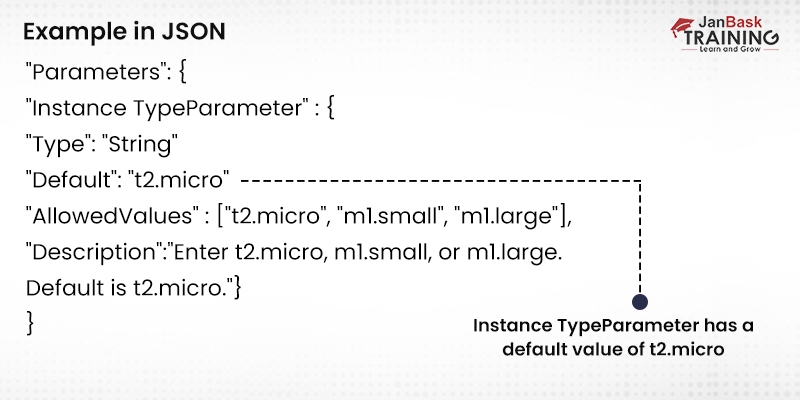

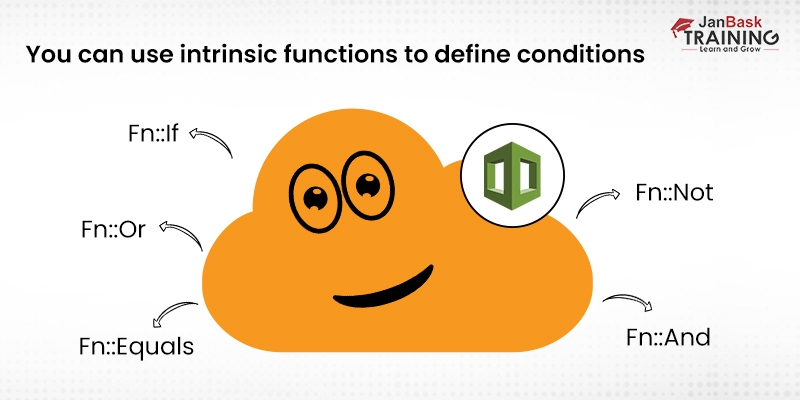

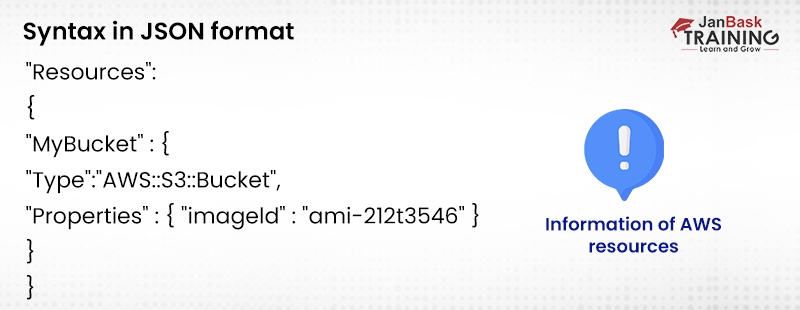
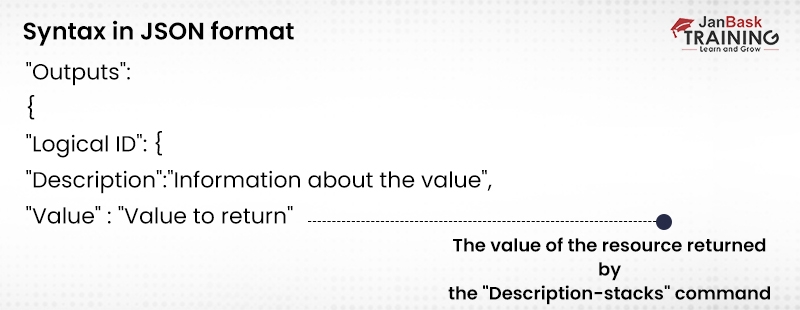


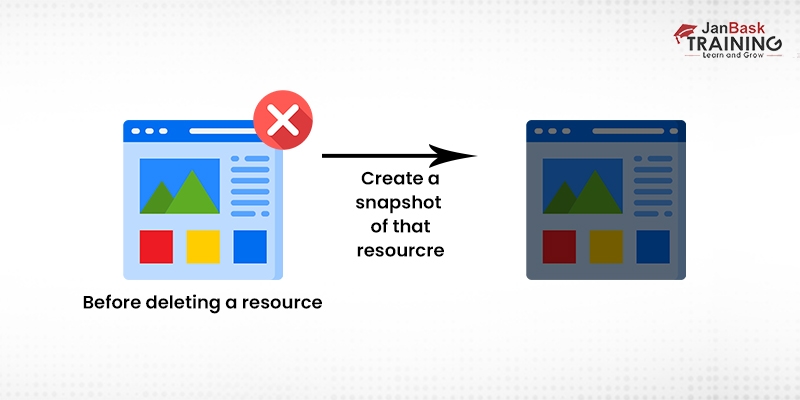

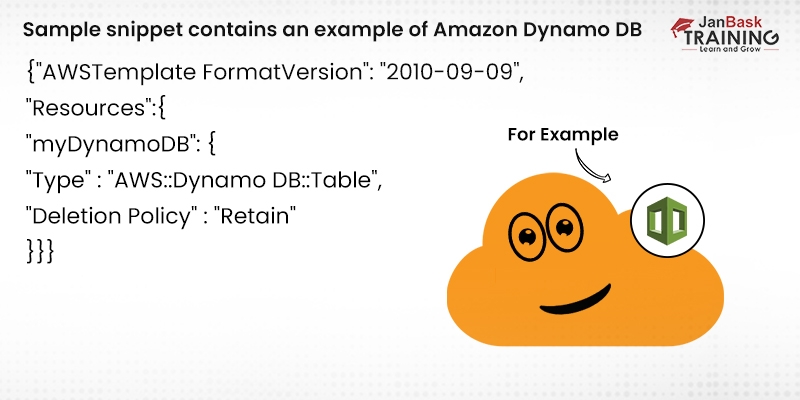


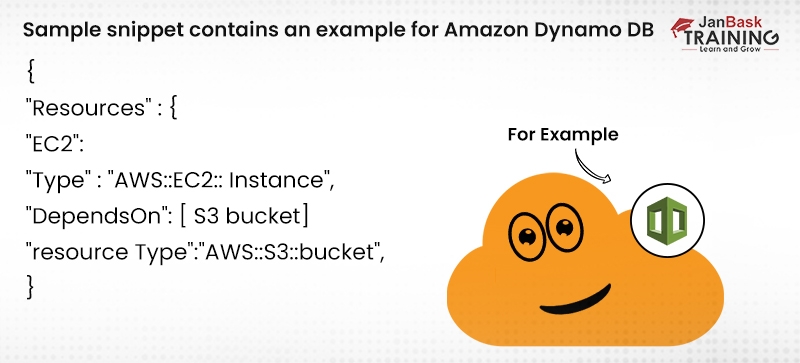
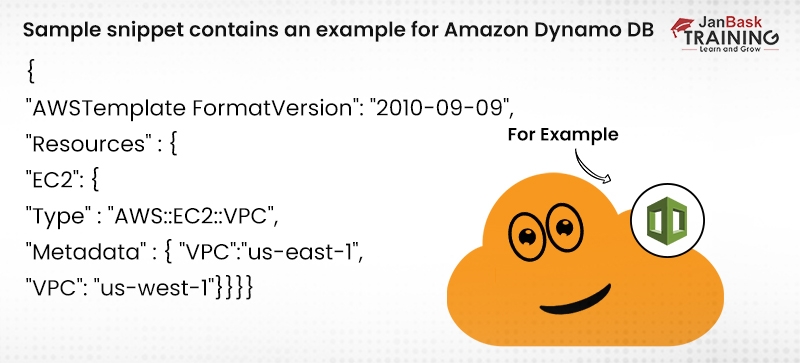





















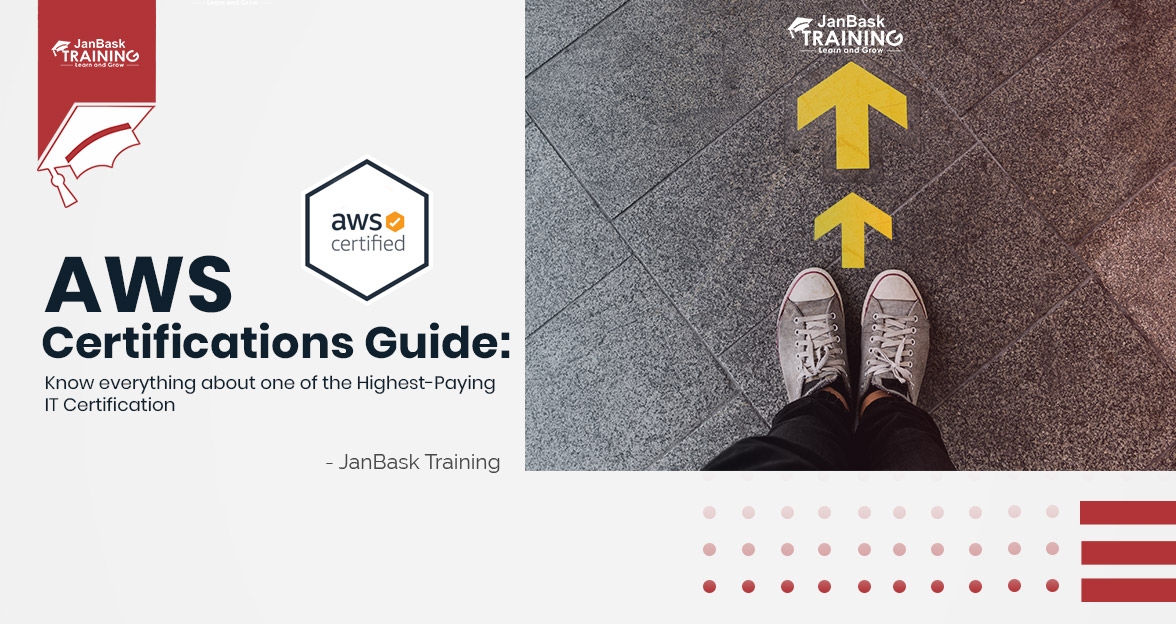
Hayes Bell
I found this blog very informative thanks for the informative content. Can you please elaborate on how to improve AWS skills?
JanbaskTraining
Hey, Thanks for sharing your query. For further insight, you can connect to us at https://www.janbaskdigitaldesign.com/contact-us
Manuel Murphy
Thanks for this insightful post. I was searching for this type of information since I am new to AWS and was really desperate to know what is AWS CloudFormation and its related concepts, templates, and use cases.
JanbaskTraining
Hey, we thank you for your comment and interest. For further information, you can connect to us at https://www.janbaskdigitaldesign.com/contact-us
Prince Bailey
It's a lovely blog about AWS CloudFormation.
JanbaskTraining
Hey, Thanks for your comment.
Bodhi Rivera
Must-read blog for people willing to understand AWS CloudFormation, its concepts, templates, and use cases, and have some great content that really inspired me.
JanbaskTraining
Glad you found this helpful! For more such insights on your favorite topics, do check out JanBask Blogs and keep learning with us!
Cohen Cooper
Do you guys help in mastering AWS skills? I wanted to know because I want to learn AWS for my organization as I am not familiar with the process well and will require professional help. Please let me know!
JanbaskTraining
Hi, Thank you for reaching out to us with your query. Drop us your email id here and we will get back to you shortly!
Sean Richardson
My friend and I were seeking information about AWS CloudFormation for a long time but could not find anything relevant. Then one of our common friends shared the link to your article. I must say you have shared helpful information, I am impressed!
JanbaskTraining
Thank you so much for your comment, we appreciate your time. Keep coming back for more informative insights. Cheers :)
Khalil Cox
Overall a nice blog, I was seeking information on the same for many days but could not find anything relevant. Then I came across your blog and found it really interesting and impressive. Thanks, team!
JanbaskTraining
Thank you so much for your comment, we appreciate your time. Keep coming back for more informative insights. Cheers :)
Hendrix Howard
I am new to AWS and also don't have much information about AWS Training & Certification. Can your team help me with this?
JanbaskTraining
Hi, Thank you for reaching out to us with your query. Drop us your email id here and we will get back to you shortly!